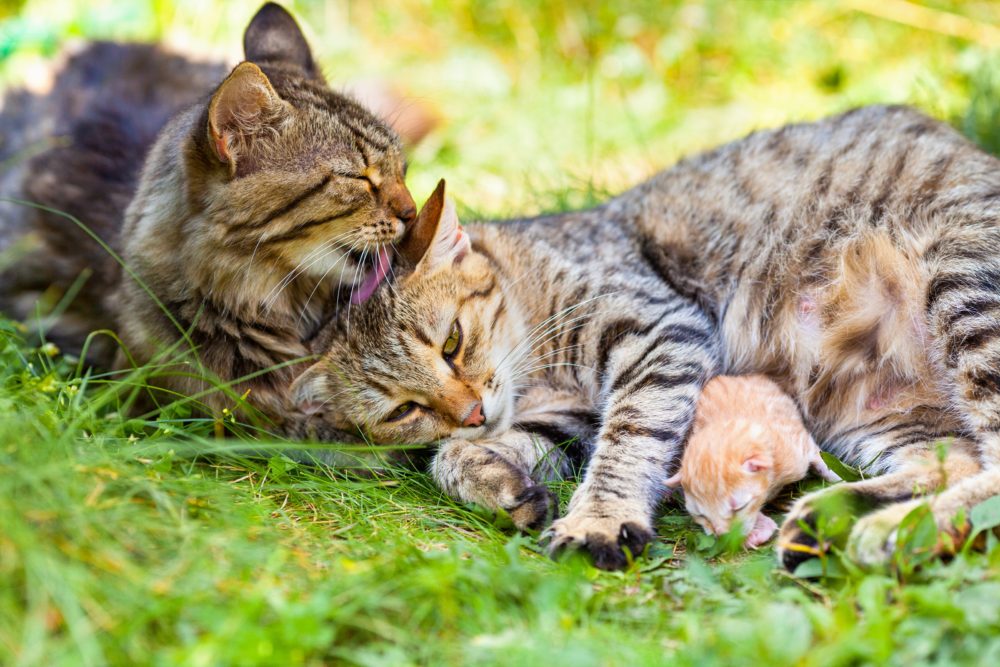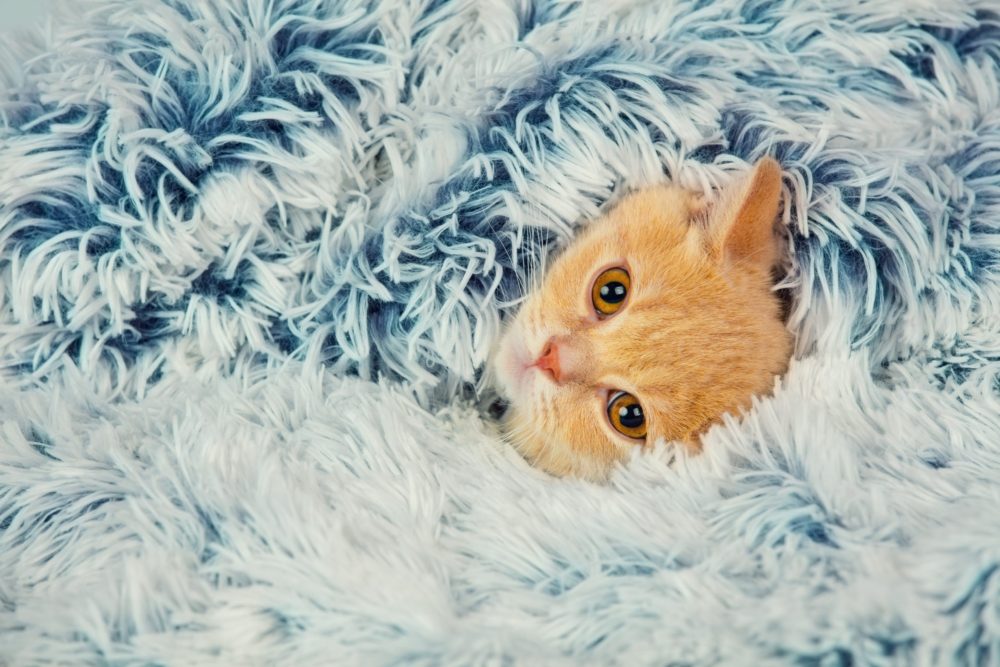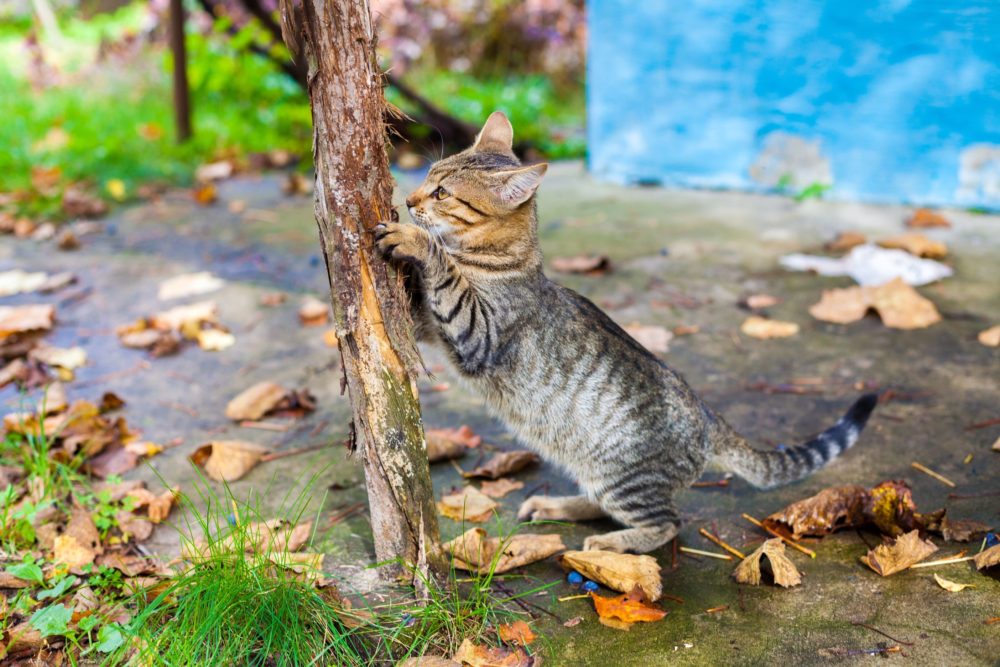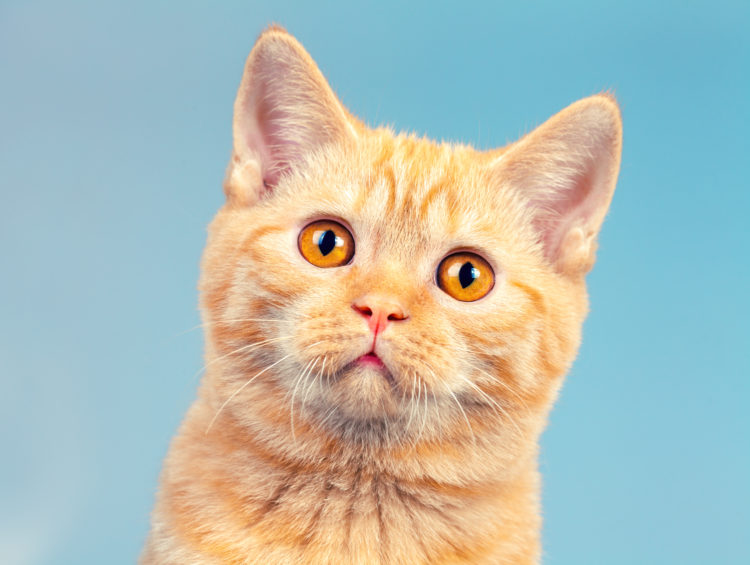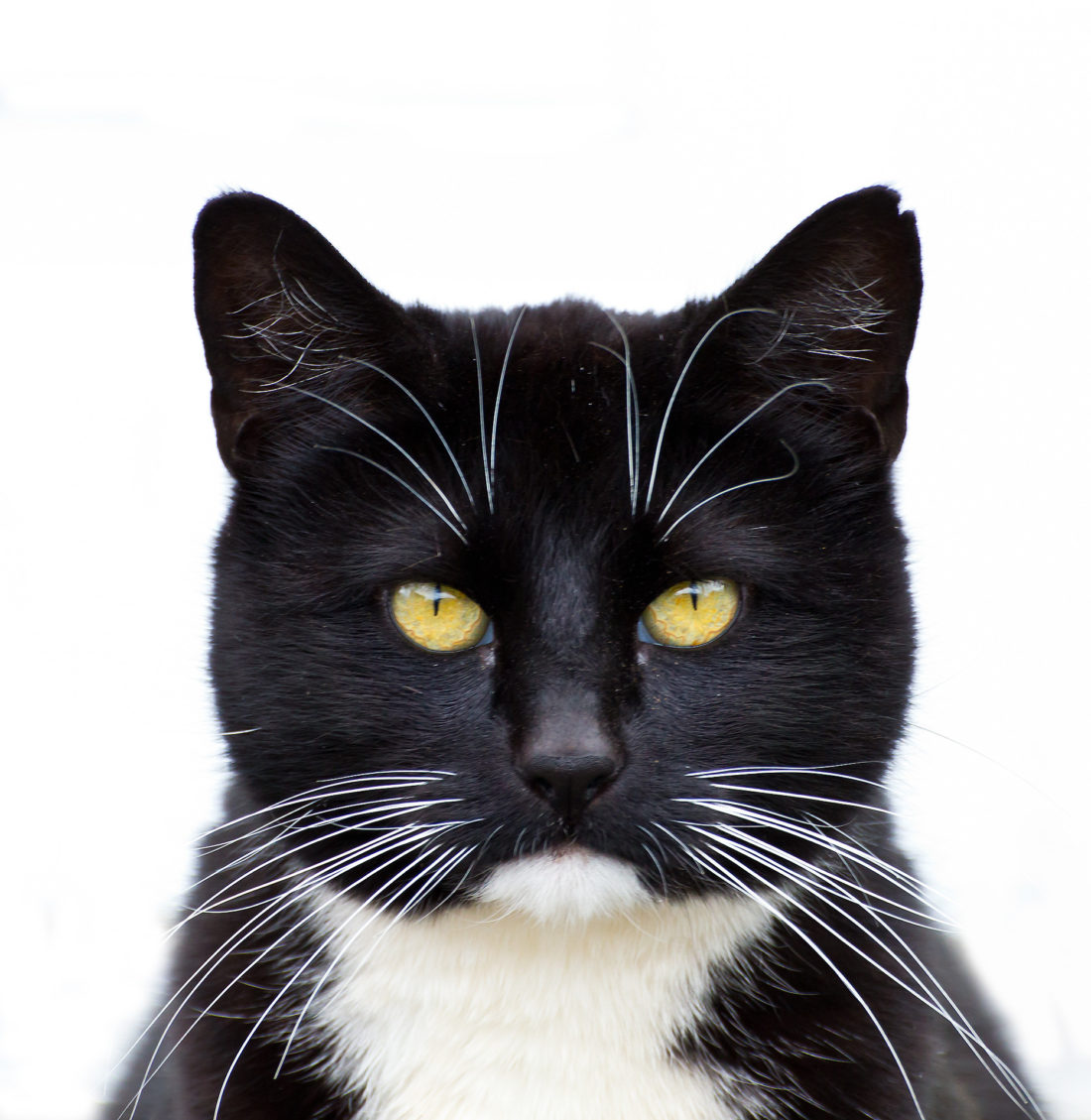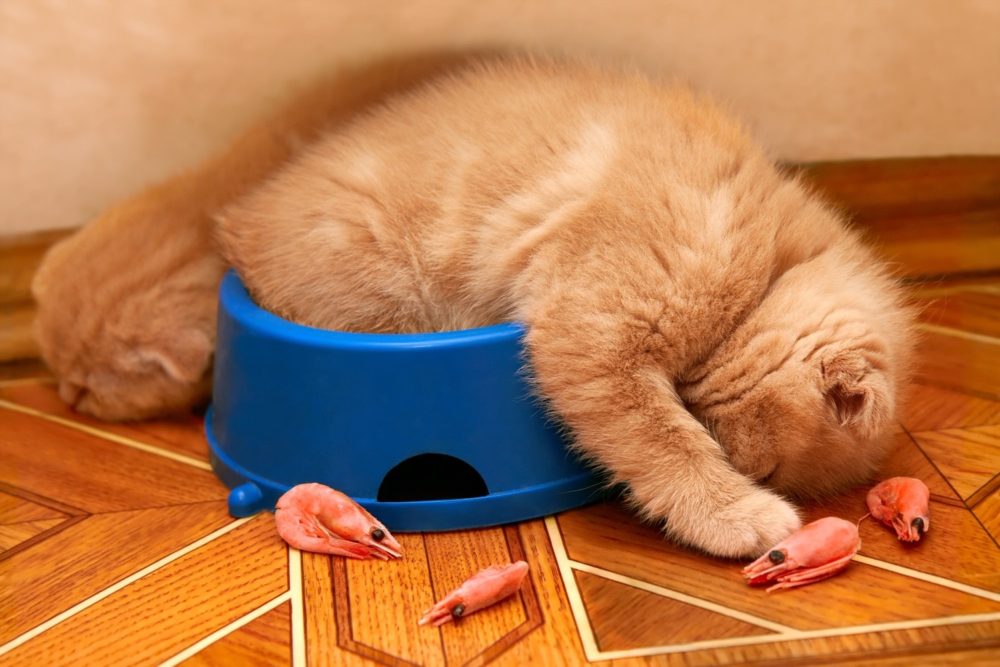
Why does my cat pull her food out of the bowl?
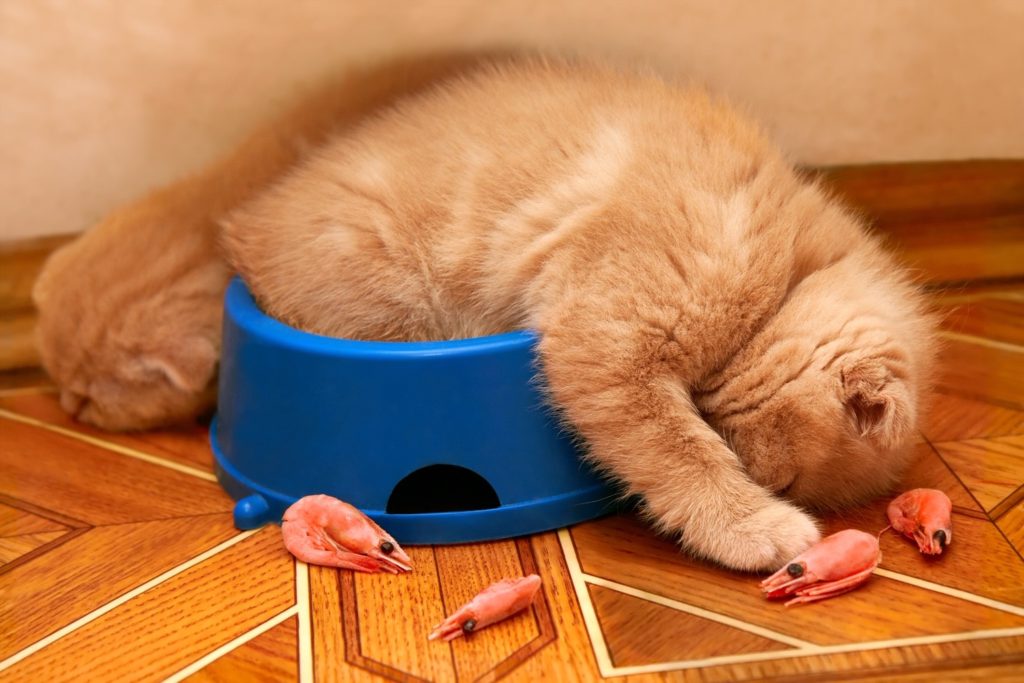 Cats are known for being clean animals and taking care in maintaining their cleanliness. They are meticulous at grooming themselves, in fact, cats can spend up to 50% of their time grooming. They will use a litter tray and after giving birth the mother cat will ensure her surroundings are spotless with no visible signs of blood or afterbirth. If usually so clean then why do some cats insist on taking their food out of their bowl to eat it? This doesn’t fit in with their usual orderly ways.
Cats are known for being clean animals and taking care in maintaining their cleanliness. They are meticulous at grooming themselves, in fact, cats can spend up to 50% of their time grooming. They will use a litter tray and after giving birth the mother cat will ensure her surroundings are spotless with no visible signs of blood or afterbirth. If usually so clean then why do some cats insist on taking their food out of their bowl to eat it? This doesn’t fit in with their usual orderly ways.
We experienced this with our youngest cat, Bella Boo. She prefers wet food from a pouch and if we didn’t mash it up with a fork, she would take it out of the bowl in chunks and eat it elsewhere. Many cat owners have experienced this strange behavior, both with wet and dry food. Therefore, we decided to investigate and try to discover the reasoning behind this behavior.
Why does my cat pull her food out of the bowl?
There are several possible reasons to explain why a cat would pull her food out the bowl:
Food chunks are too big
Wet food from a can or a pouch will often come out in one big lump. This may simply be too big for your cat to manage. By taking it out of the bowl, it may be easier for your cat to manage, and to bite it into smaller, manageable chunks. As we mentioned above, this was certainly our experience with one of our cats. Mashing up the wet food with a fork before serving it to your cat can be a quick and easy solution to the problem. The smaller chunks are easier to manage and eating from the bowl will be effortless.
Your cat doesn’t like the food bowl
Cats can be pretty fussy at times and are often not shy in showing their dislikes. The reason may simply be that she doesn’t like her food bowl. It may be the material of the bowl, for example, some cats aren’t keen on plastic bowls. It may be the size of the bowl. If the sides of the bowl are too high or the bowl itself is too small, this may cause her whiskers to touch the bowl whilst eating. A cat’s whiskers are so light and fine, and very sensitive. At the end of each whisker is a sensor, called a proprioceptor, which sends messages to the brain. These sensors can detect the size, location and texture of an object and their effect in relation to the cat’s limbs and body position. This is how a cat can determine if a space is suitable to go through. Deep or narrow bowls may cause your cat’s whiskers to be uncomfortable or even painful when feeding or drinking from unsuitable bowls. A flat feeding surface or a shallow wide bowl is best for serving your cat’s food.
There are endless choices on the market to suit the needs of all cats. One of our favorite finds are these shallow feeding bowls, in a very cute cat shape.
If you want to learn more about the important functions of cat’s whiskers, along with some fun facts about whiskers, check out our article ‘Why do cats have whiskers’.
Using her paws to eat
Before cats were domesticated about 10,000 years ago, cats would have to hunt for their food in order to survive. Although today’s domesticated know that they will be served daily tasty meals, the instinct to hunt still exist in their makeup. Using her paws to eat may simply be an instinct to treat the meal as prey, and paws are useful to cling on to the catch of the day.
Your cat is protective of her food
Another reason, stemming from the hunting instinct, is the need to protect the prey once it’s caught, from other hungry mouths. Your cat may simply be protective of her food and takes it to somewhere she feels secure. Try placing your cat’s food bowl in a quieter, more private area. This may be more prevalent in a multi cat household. Rather than placing the food bowls all together, it may be best to try placing the various bowls in different locations so that each cat has some privacy to eat.
Food is placed to near the water bowl
Cats can be fussy about the location of their food bowl. In particular, many cats will dislike having their food bowl close to their water bowl. This is easily rectifiable by ensuring your cat’s water bowl is away from the food bowl. It is believed that the reason for this also stems from instinctive hunting behavior. Having the water source too close to the prey could risk the water being contaminated.
Cats prefer to eat little and often
If your cat is simply removing dry food from the bowl and scattering the food, it may be a way of communicating to you that she’s had enough. Given a choice, most cats prefer to eat little and often. However, this isn’t always a practical option for many cat owners. There are now advanced feeding bowls available which enables several meals to be dispensed at various times of the day.
Puzzle feeders are great too for providing activity and some treats or food between meals. They are many different kinds available and some can be used for feeding both wet and dry diets. By varying how we feed our cats we can ensure that both their nutritional requirements and their mental stimulation are cared for. The food used in activity feeders should not be additional food – merely a different way of serving up the daily allowance of food. We’ve had fun making our own activity feeders but it’s great to see all the different varieties on the market.
We like this Trixie 5-in-1 activity feeder – 5 different challenges on one board.
Activity feeders certainly don’t have to be as elaborate as the one shown above. Simple ones like this Mice Tumbler shaped treat dispenser can provide some fun and challenges too.
Position of food bowl may no longer suit an older cat
As your cat becomes older, she may find it a little more difficult to bend down to eat from her bowl on a flat surface. Try placing the food bowl (and separate water bowl) on a little platform. There are also bowls available which are adapted for higher feeding. Adjusting the feeding height will make it more comfortable for your cat especially those with arthritis or neck and back problems. For more tips and information on ensuring your cat’s elderly year are as comfortable as possible, you may enjoy our article ’16 Top Tips to ensure the senior years are comfortable for your old cat’.
By observing your cat and trying some of the above recommendations your cat may once again start eating from her food bowl. If you have any concerns regarding your cat’s eating habits, or notice any changes, please do not hesitate to contact your veterinary for advice.
Other articles you may find of interest:
8 common feeding problems in cats and how to solve them
8 common toileting problems in cats – and how to solve them!
